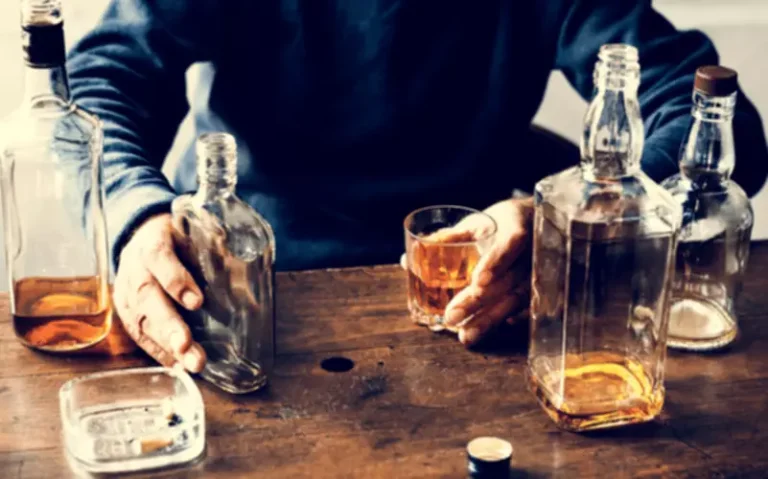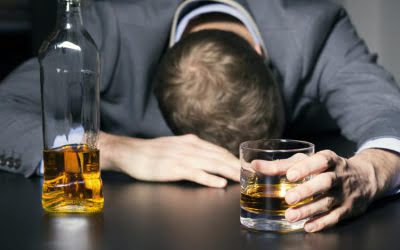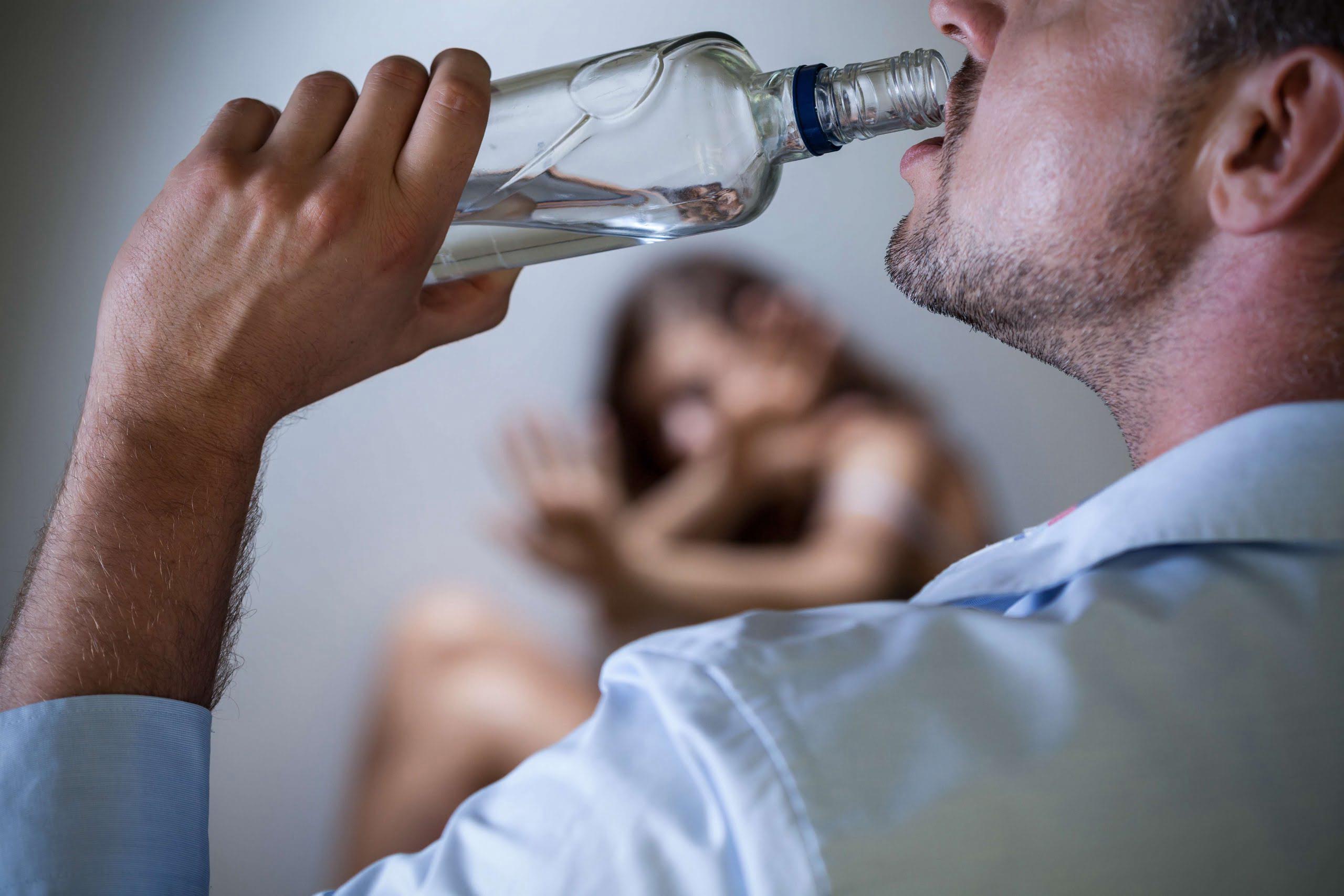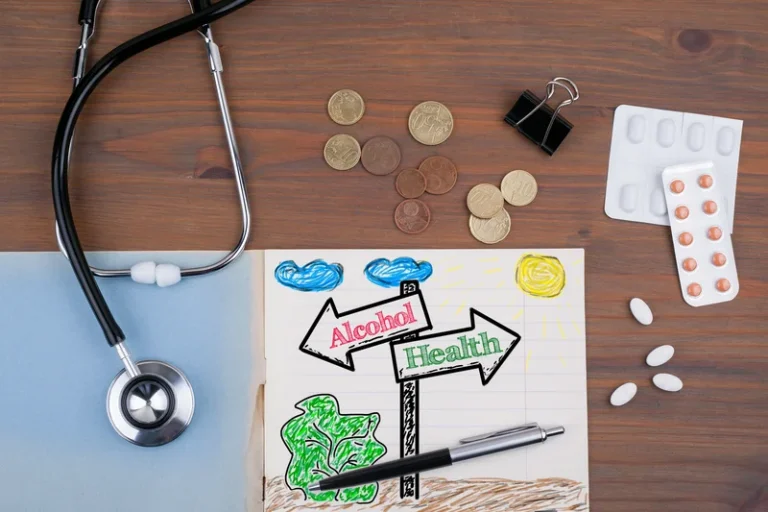
Hangover shakes can be a warning of more severe alcohol withdrawal symptoms to come. If you are experiencing alcohol withdrawal, seek medical attention immediately, especially if you’ve been drinking heavily for a long time. Attempting to navigate withdrawal alcohol shakes symptoms without medical oversight can be risky. Detoxification in a medically supervised setting ensures that any complications are promptly addressed. Medication-assisted treatments, such as benzodiazepines, can help ease withdrawal symptoms.
How is spasmodic dysphonia treated?
This increases nerve activity to keep their bodies more alert and awake. If you suspect you or someone else may be experiencing withdrawal, seek medical attention immediately. You can anticipate insurance coverage for alcohol abuse treatment by filling out the free, confidential form at the bottom of this page. The only way to ensure the prevention of hangover shakes is to avoid alcohol use. The most effective way to prevent hangover shakes is to avoid alcohol use. The duration of hangover symptoms, such as the shakes, depends on how much alcohol a person has consumed.
Additional Common Questions
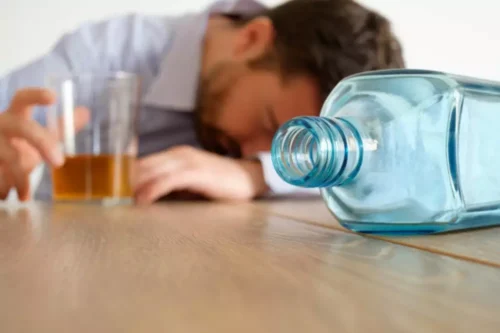
If you suddenly stop drinking, it’s like the alcohol side letting go of the rope. Suddenly, your CNS doesn’t have to pull back against alcohol to keep activity at a proper level. That means your CNS is much more active than needed, to the point that it negatively affects automatic body processes. Once the alcoholic has reached a level in this gradual withdrawal where they can go most of the day without a drink, then it is time to visit a treatment center.

How is delirium tremens treated, and is there a cure?
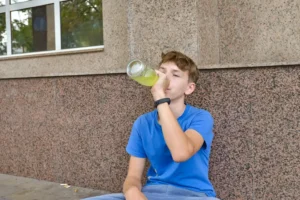
Imagine your hands or, in severe cases, your whole body trembling uncontrollably. These are not just any tremors; they are fits of involuntary shaking linked directly to alcohol. Most commonly occurring during the withdrawal phase, they can also manifest after particularly heavy drinking sessions. DTs are severe, potentially deadly, symptoms that may include a racing heart, profuse sweating, confusion, vivid hallucinations and delusions. It’s estimated that about 4-5 percent of people undergoing alcohol withdrawal experience the DTs. Even side effects like vomiting and sweating can contribute to dangerous dehydration, which can be deadly.
Slow, deep breathing improves cardiovascular and respiratory health and lifts the mood. Eat several small meals a day to maintain a healthy metabolism and to reduce the likelihood of cravings caused by hunger. If you want to change your relationship with alcohol, speak with a professional to see how you can do it safely and effectively. Alcohol-related damage to the cerebellum usually takes around 10 years to develop. American Addiction Centers (AAC) is committed to delivering original, truthful, accurate, unbiased, and medically current information. We strive to create content that is clear, concise, and easy to understand.
Alcohol shakes vs. delirium tremens
- Many people feel shame or embarrassment asking for this kind of help, but your provider’s job is to help, not to judge.
- In heavier drinkers, the brain releases more excitatory neurotransmitters than usual when responding to the sedative effects of alcohol.
- Alcohol shakes are diagnosed based on a person’s medical history and a physical and neurological examination.
- Alcohol shakes are typically present in the hands, but they may also appear in the arms or legs.
- Alcohol withdrawal is common, but delirium tremens only occurs in 5% of people who have alcohol withdrawal.
- The DTs include delusions in which the alcoholic becomes confused or paranoid.
What Are Alcohol Tremors?



